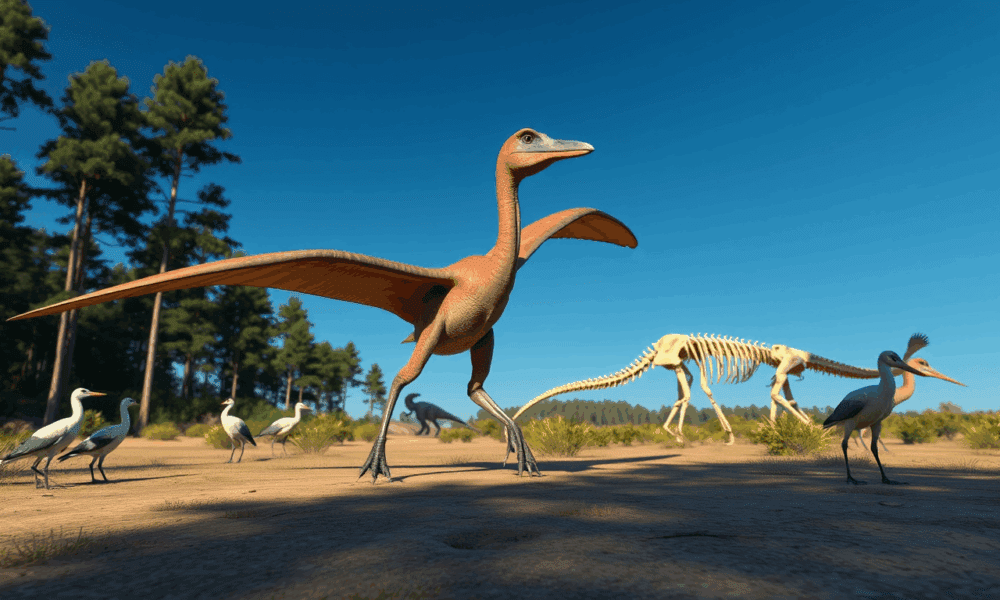
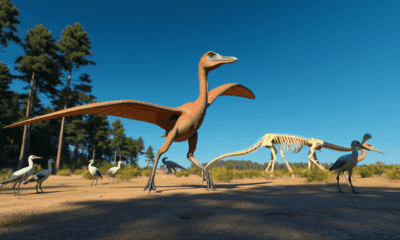

A new study links fossilized flying reptile tracks to animals that made them. Fossilized footprints reveal a 160-million-year-old invasion as pterosaurs came down from the trees...



Bite marks found on a skeleton discovered in a Roman cemetery in York have revealed the first archaeological evidence of gladiatorial combat between a human and...



What roils beneath the Earth's surface may feel a world away, but the activity can help forge land masses that dictate ocean circulation, climate patterns, and...
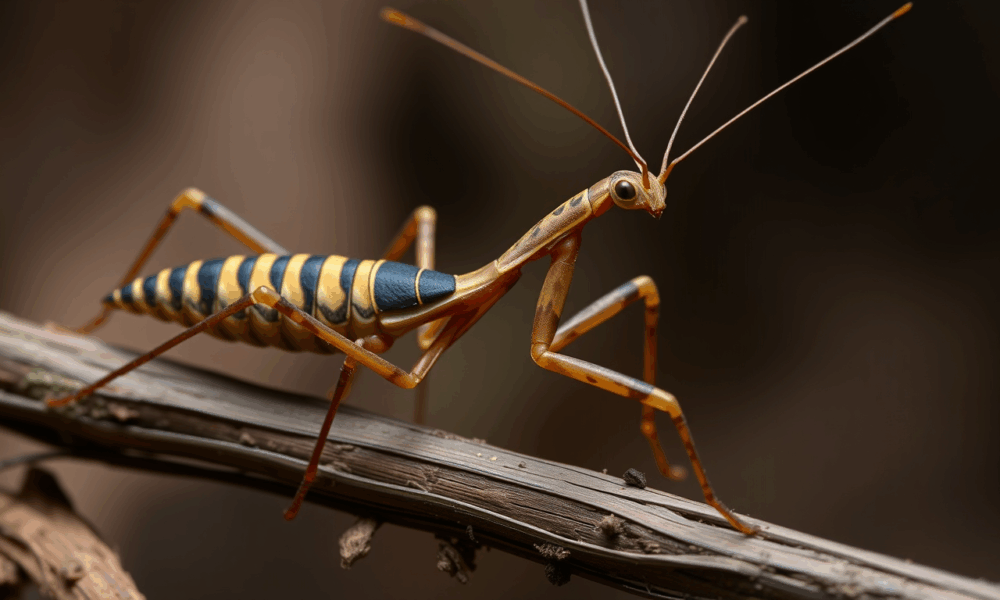
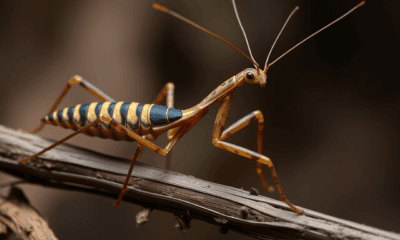

Scientists report adaptive divergence in cryptic color pattern is underlain by two distinct, complex chromosomal rearrangements, where millions of bases of DNA were flipped backwards and...



Three consecutive years of drought contributed to the 'Barbarian Conspiracy', a pivotal moment in the history of Roman Britain, a new study reveals. Researchers argue that...



A study suggests that Homo sapiens may have benefited from the use of ochre and tailored clothing during a period of increased UV light 41,000 years...



Whether for cooking, heating, as a light source or for making tools -- it is assumed that fire was essential for the survival of people in...



Researchers may have answered one of space science's long-running questions -- and it could change our understanding of how life began. Carbon-rich asteroids are abundant in...



A new study has shed unprecedented light on the highly variable and climate-sensitive routes that substances from Siberian rivers use to travel across the Arctic Ocean....

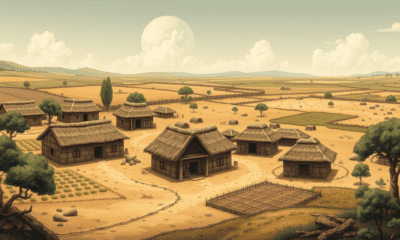

Wealth inequality began shaping human societies more than 10,000 years ago, long before the rise of ancient empires or the invention of writing. That's according to...